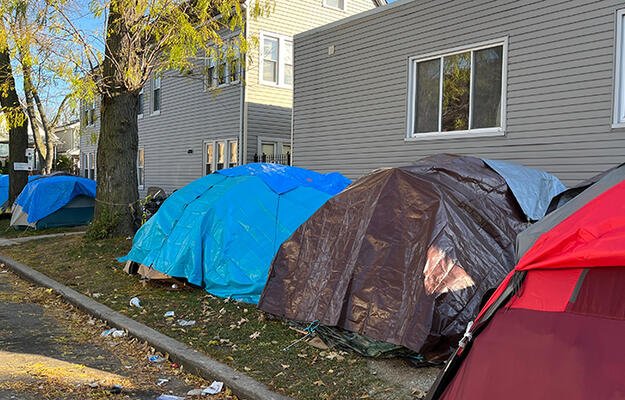
How Does Relocating Assisted Housing Affect Neighborhood Poverty Rates?
- Title:
- How Does Relocating Assisted Housing Affect Neighborhood Poverty Rates?
- Author:
-
Ann Owens
- Source:
-
Urban Affairs Review
- Publication Date:
-
2016
Poverty rates increased in neighborhoods that gained and lost assisted housing, according to Ann Owens in Urban Affairs Review. Owens estimates the impact of gaining or losing assisted housing on a neighborhood’s (or census tract’s) poverty rate in all US metropolitan statistical areas. Using poverty rate data from the Census Bureau and consolidated information about assisted housing from the US Department of Housing and Urban Development, the author compares the poverty rates in neighborhoods that gained or lost assisted housing with poverty rates in similar neighborhoods that did not experience changes in assisted housing. Owens estimates the impact of these changes from 1977 to 2000, and she repeats her analysis using data from 2000 to 2008. The analysis was conducted twice because data on vouchers were not available for 1977. Owens finds that the effects of changing the location of assisted housing on neighborhood poverty rates demonstrate the durability of neighborhood poverty and inequality.
Key findings
- Neighborhoods that gained assisted housing units experienced modest increases in poverty rates, but poverty rates increased more in neighborhoods that gained many assisted units.
- Neighborhoods that lost assisted units also experienced increases in poverty rates, but similar neighborhoods that had no change in assisted housing experienced larger increases in poverty rates.
- Relocating assisted housing away from high-poverty neighborhoods slowed but did not reverse increases in poverty rates.


